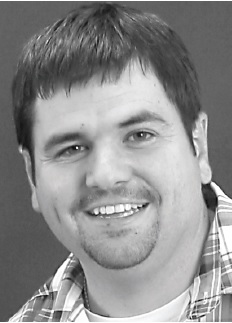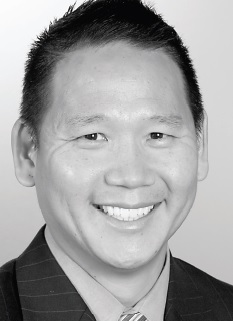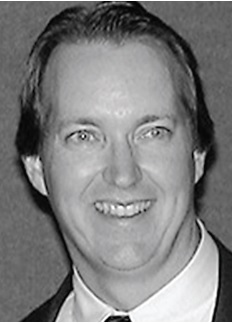The Effect of Gingival-Margin Design on the Retention of Thermoformed Aligners
Thermoformed aligners provide an esthetic, comfortable, easy, and hygienic alternative to conventional orthodontic appliances.1 Although widespread marketing has increased the popularity of removable thermoformed aligners (RTAs), their greatest deficiency remains the difficulty of case finishing. One study found that only 29% of patients completed the initial series of aligners; all subjects required either an additional series of case refinement aligners or conventional fixed orthodontic appliances to finish treatment.2
RTAs must be flexible enough for insertion and removal yet provide sufficient force for orthodontic tooth movement. During treatment, the aligner undergoes a local deflection at each contact point and a secondary vertical lifting away from the tooth surface. Vertical lifting or bowing, caused by friction in the molar region when the local deflection attempts to shift the aligner horizontally along the arch, is one of several causes of the orthodontic tooth lag seen in sequential aligner treatment. For accurate and predictable tooth movement, the RTA must be fully seated on insertion and remain anchored to the dental arch without dislodgment or vertical lifting.3
The use of attachments is one way to reduce vertical lifting. One study found that a rectangular attachment placed 2mm from the gingival margin produced more retentive force compared to a similar attachment in the center of the tooth.4 If the aligner is too flexible, however, especially at the gingival margin, the clinician will not be able to take full advantage of the attachments to prevent horizontal sliding and vertical lifting. Flexibility at the gingival margins also reduces the amount of force that can be exerted on the tooth near the gumline, impeding the aligner’s ability to produce torquing, translative, and controlled tipping movements and to grip the retentive undercuts near the gumline.
Similar articles from the archive:
Systems such as Invisalign*, ClearSmile**, and ClearCorrect*** use scalloped gingival borders on both the buccal and lingual sides of their aligners, extending up to the free gingival margins. Other systems, including Simpli5† and Red, White, and Blue† use straight gingival borders cut above 1mm above the level of the free gingival margins. No research has been conducted to compare the effectiveness of one margin design over the other in terms of aligner flexibility, although empirical evidence from Nahoum suggests reduced efficiency when the gingival margins are scalloped.5 Our clinical experience with RTA tooth movement has corroborated this observation.
The present study was designed to evaluate the effect of three gingival-margin designs on the retention of thermoformed aligners made from two types of thermoplastic material, with and without attachments.
Materials and Methods
Aligners with three marginal designs--scalloped, straight cut at the gingival zenith, and straight cut 2mm above the gingival zenith (Fig. 1)--were fabricated with and without attachments, for a total of six basic designs.
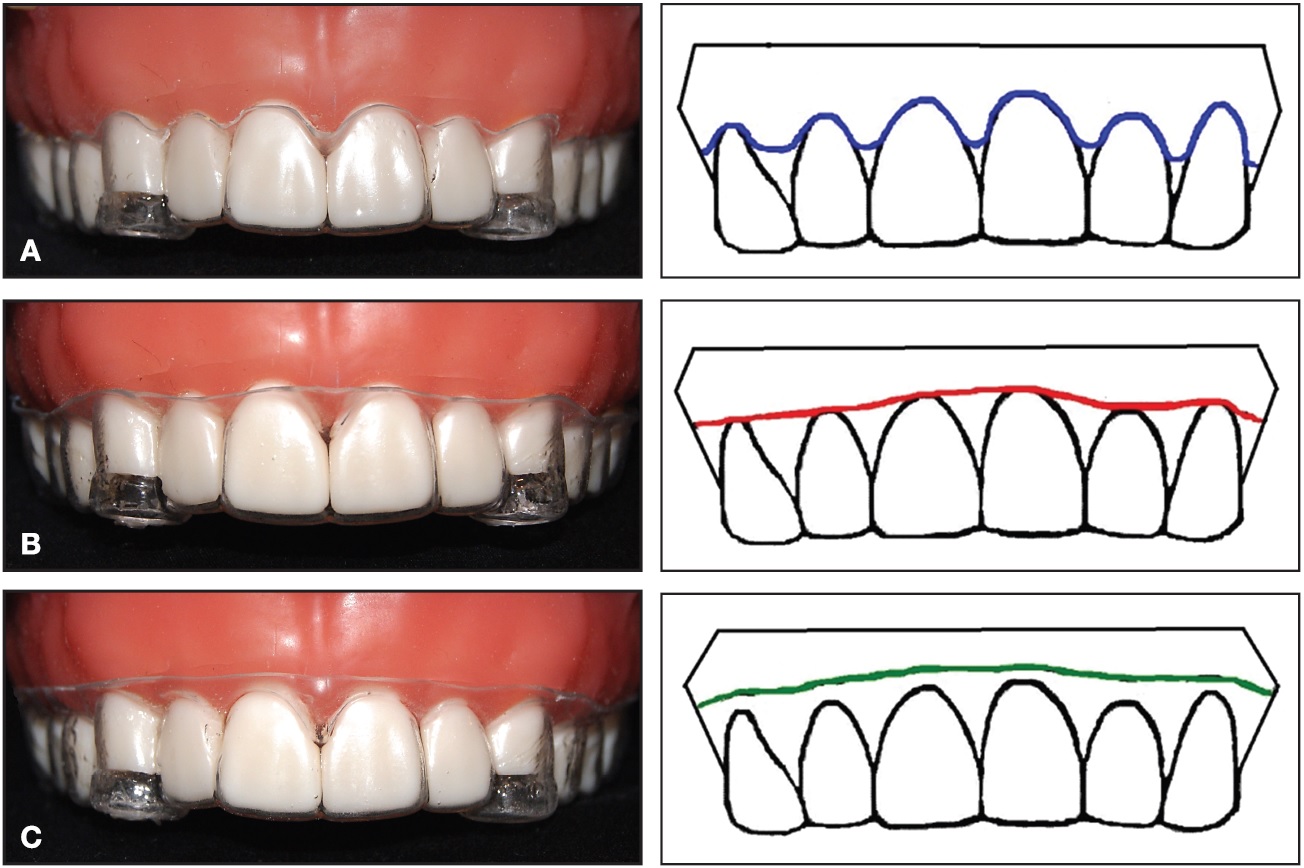
Fig. 1 Gingival-margin designs of aligners tested in this study. A. Scalloped margin. B. Straight cut at gingival zenith. C. Straight cut 2mm above gingival zenith.
Each aligner design was fabricated from two different thermoplastic materials--Invisacryl‡ A and Invisacryl C, in 1mm thickness--resulting in 12 test groups (Table 1). To account for natural variations in the thermoforming process, three aligners were fabricated for each of the 12 designs, making a total of 36 aligners.
Six polyvinyl siloxane (PVS) impressions were taken of an upper-arch Kilgore†† dentoform without attachments. The upper first premolars were then removed and replaced with identical premolars with buccal attachments (2mm incisocervical × 1.5mm mesiodistal) on the cervical third of each tooth, and six PVS impressions were taken of the model with attachments. Each of the 12 impressions was poured three times in white stone. The resulting casts were trimmed to allow access to the margins and to standardize their dimensions (thinnest point of palate = 14-16mm, bottom to central-incisor edge = 34-36mm, bottom to mesiobuccal cusp of second molar = 34-36mm).
A Ministar S‡ thermoforming machine was used according to the manufacturer’s specifications for each material type. The buccal and lingual aligner margins were measured and cut to the specifications for each group, then polished to eliminate any rough surfaces.
Pull-off tests were conducted on a Universal Testing Machine‡‡ to determine the force needed to remove the aligner from the Kilgore dentoform in a direction perpendicular to the occlusal plane (Fig. 2). The testing was performed 10 times for each of the 36 aligners, for a total of 360 tests. Our statistical analysis averaged the results for the three aligners in each group, thus providing a better representation of the design type as a whole (Fig. 3). Analysis of variance with Bonferroni post hoc testing was used to determine the statistical significance of differences between groups.
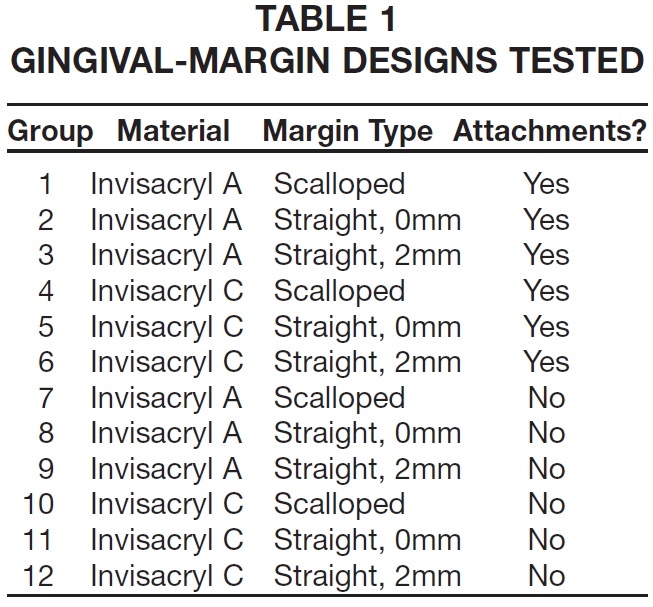
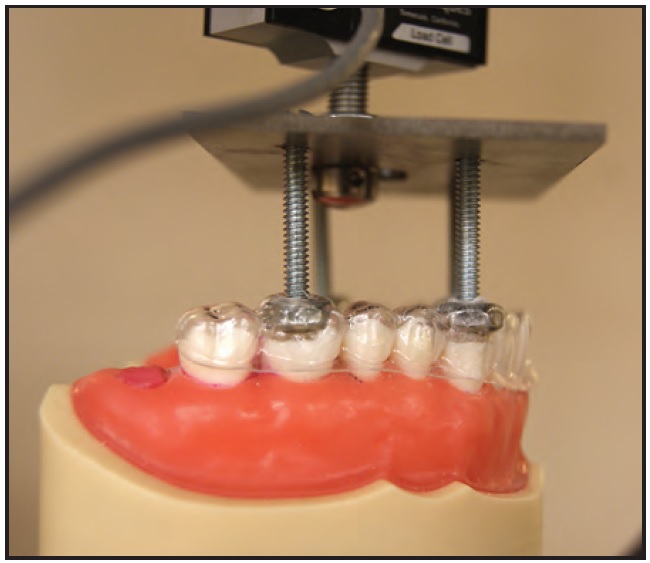
Fig. 2 Pull-off direction on Universal Testing Machine.‡‡
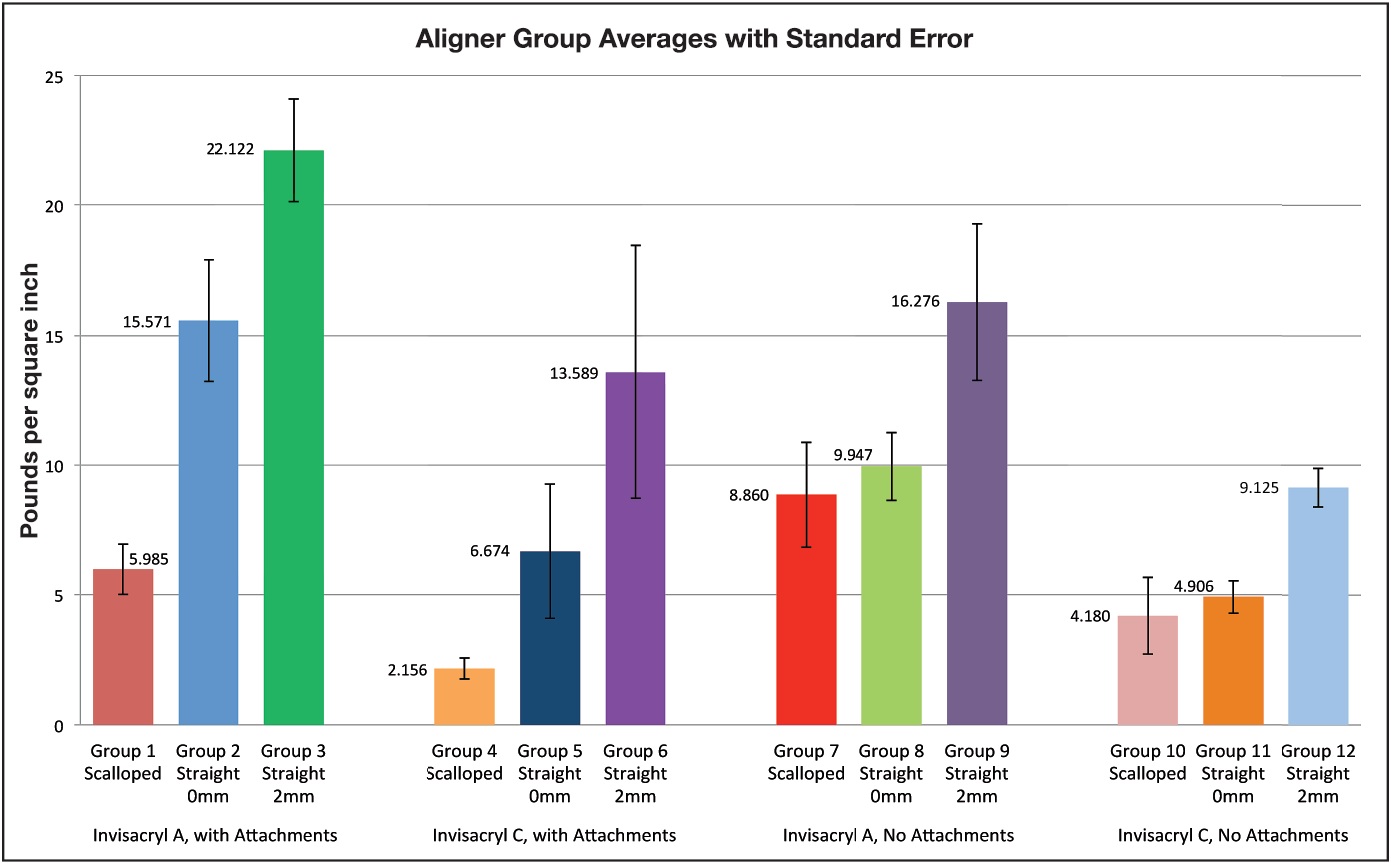
Fig. 3 Average pull-off forces for each group.
Results
Of the 66 comparisons, all were statistically significant (p ≤ .05) except for the following nine pairs:
- Group 1 (average 5.985 lbs) vs. Group 5 (average 6.674 lbs)
- Group 1 (5.985 lbs) vs. Group 10 (4.180 lbs)
- Group 1 (5.985 lbs) vs. Group 11 (4.906 lbs)
- Group 2 (15.571 lbs) vs. Group 9 (16.276 lbs)
- Group 5 (6.674 lbs) vs. Group 11 (4.906 lbs)
- Group 7 (8.860 lbs) vs. Group 8 (9.947 lbs)
- Group 7 (8.860 lbs) vs. Group 12 (9.125 lbs)
- Group 8 (9.947 lbs) vs. Group 12 (9.125 lbs)
- Group 10 (4.180 lbs) vs. Group 11 (4.906 lbs)
When attachments were used the straight gingival margins (either 0mm or 2mm) demonstrated significantly greater retention than scalloped margins of the same Invisacryl material type did (Fig. 4).
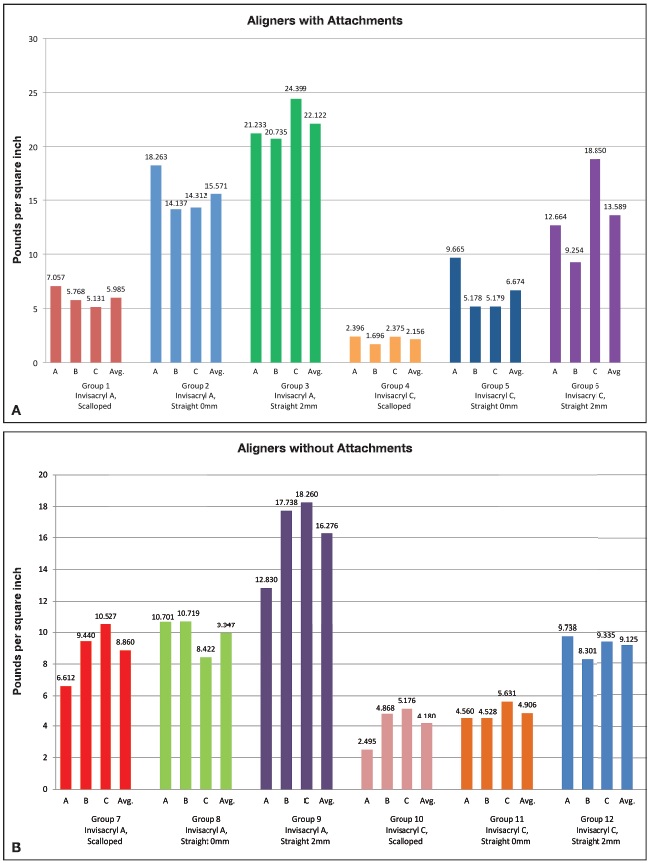
Fig. 4 Individual aligner and group averages for aligners with (A) and without (B) attachments.
Results varied for the aligners without the attachments: only the 2mm straight margins produced significantly greater retention than the scalloped margins of the same aligner material did; the 0mm straight margins were more retentive than the scalloped margins were, but the difference was not significant. In addition, the retention of scalloped margins with attachments was significantly lower than that of the scalloped margins without attachments.
Discussion
Any study involving thermoformed aligners needs to account for natural variations in the thermoforming process. We controlled the heating time according to the manufacturer's recommendations, standardized the size of the model bases, and followed identical procedures for trimming each aligner. Because these precautions would still fail to eliminate individual variation among aligners, however, we tested three aligners of each type and averaged the results. The difference between the high retention value of one aligner group and the low value of another might be negligible, even if the differences between average values of the groups were statistically significant. In fact, of our 57 significant comparisons, 11 groups had overlapping values. From a clinical perspective, however, tooth movement can be maximized and tooth lag minimized by selecting the margin design and material with the best average retention.
Invisacryl A and Invisacryl C were chosen to represent an amorphous, clear aligner material and a crystalline, opaque aligner material, respectively. Since the polymers in Invisacryl A and Invisacryl C are identical to the polymers in Essix A+§ and Essix C+,§ their material properties will be nearly identical. The properties of Invisalign’s RTA material likewise fall within the spectrum of the material properties tested6,7 (Table 2).
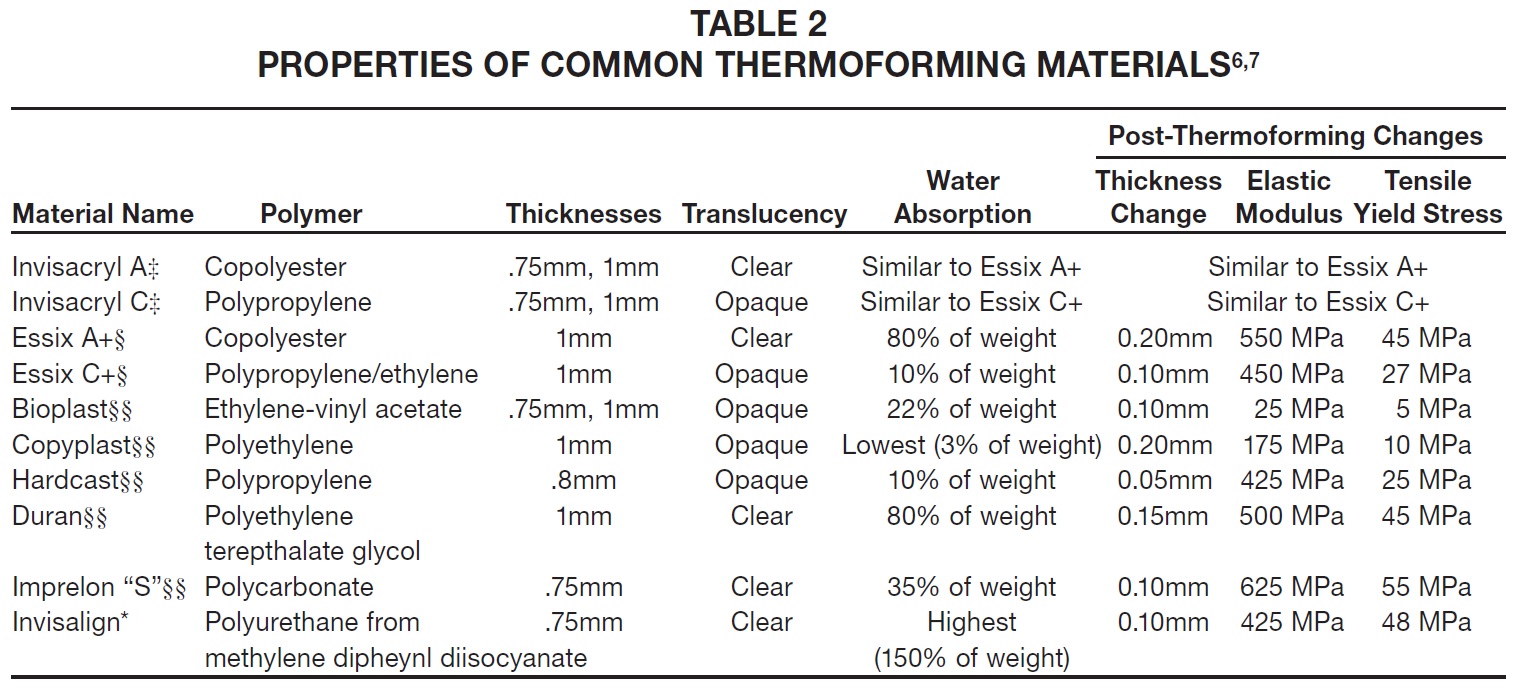
Although conventional wisdom holds that attachments improve retention, this does not appear to be the case for aligners with scalloped gingival margins and first-premolar attachments, due to the increased flexibility of the aligner margins. The recorded retention value is the force needed to flex the aligner over the attachment; as the aligner moves over the attachment, the aligner bows away from the natural tooth undercuts. With scalloped margins, the natural undercuts provide more retention than the attachments do. The opposite is true with straight margins, thanks to the greater rigidity of the aligners.
Conclusion
The following conclusions can be drawn from this study:
- The most retentive aligner design uses a straight margin cut 2mm above the gingival zenith, with Invisacryl A material and first-premolar attachments.
- Invisacryl A material is significantly more retentive than Invisacryl C material is.
- Scalloped margins on aligners with attachments are significantly less retentive than scalloped margins are without attachments.
- Straight margins cut at the gingival zenith (0mm) are significantly more retentive than scalloped margins on aligners with attachments are.
- Straight margins (both 0mm and 2mm heights) with attachments are significantly more retentive than straight margins are without attachments.
- Straight gingival margins reduce the flexibility of a thermoformed aligner, thus improving retention and the ability to perform more complex movements (such as torquing) and to express more tooth movement.
ACKNOWLEDGMENT: The authors would like to acknowledge the assistance of UNLV engineering students Adam Kessler and Keaton Frerker with data collection and fabrication of the testing device. We are also grateful to Professor Marcia Ditmyer for her help with statistical analysis.
FOOTNOTES
- *Registered trademark of Align Technology, Inc., Santa Clara, CA; www.aligntech.com.
- **Registered trademark of ClearSmile Pty Ltd., Wollongong, Australia; www.clearsmilebraces.com.
- ***Registered trademark of ClearCorrect, Inc., Houston, TX; www.clearcorrect.com.
- †Allesee Orthodontic Appliances, Sturtevant, WI; www.aoalab.com. Simpli5 is a trademark.
- ‡Registered trademark of Great Lakes Orthodontics, Tonawanda, NY; www.greatlakesortho.com.
- ††Part No.D85SDP-200, Kilgore International, Inc., Coldwater, MI; www.kilgoreinternational.com.
- ‡‡United Calibration Corp., Huntington Beach, CA; www.tensiletest.com.
- §Registered trademark of Dentsply Raintree Essix Glenroe, Inc., Sarasota, FL; www.essix.com.
- §§Registered trademark of Scheu-Dental Technology, Iserlohn, Germany; www.scheu-dental.com.
REFERENCES
- 1. Phan, X. and Ling, P.H.: Clinical limitations of Invisalign, J. Can. Dent. Assoc. 73:263-266, 2007.
- 2. Bollen, A.M.; Huang, G.; King, G.; Hujoel, P.; and Ma, T.: Activation time and material stiffness of sequential removable orthodontic appliances, Part 1: Ability to complete treatment, Am. J. Orthod. 124:496-501, 2003.
- 3. Nahoum, H.I.: The dental contour appliance: A historical review, in The Invisalign System, ed. O.C. Tuncay, Quintessence, Hanover Park, IL, 2006, pp. 3-24.
- 4. Jones, M.L.; Mah, J.; and O’Toole, B.J.: Retention of thermoformed aligners with attachments of various shapes and positions, J. Clin. Orthod. 43:113-117, 2009.
- 5. Nahoum, H.: The vacuum formed dental contour appliance, N.Y. St. Dent. J. 30:385-390, 1964.
- 6. Ryokawa, H.; Miyazaki, Y.; Fujishima, A.; Miyazaki, T.; and Maki, K.: The mechanical properties of dental thermoplastic materials in a simulated intraoral environment, Orthod. Waves, 65:64-72, 2006.
- 7. Gardner, G.D.; Dunn, W.J.; and Taloumis, L.: Wear comparison of thermoplastic materials used for orthodontic retainers, Am. J. Orthod. 124:294-297, 2003.


